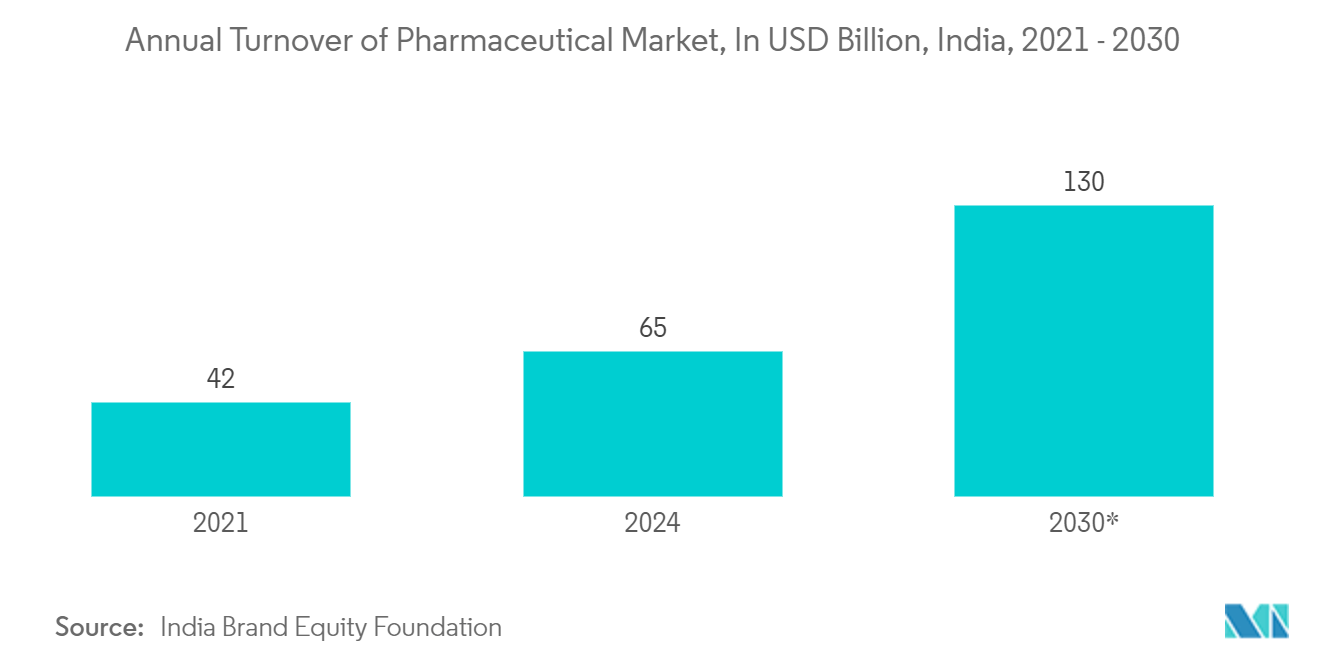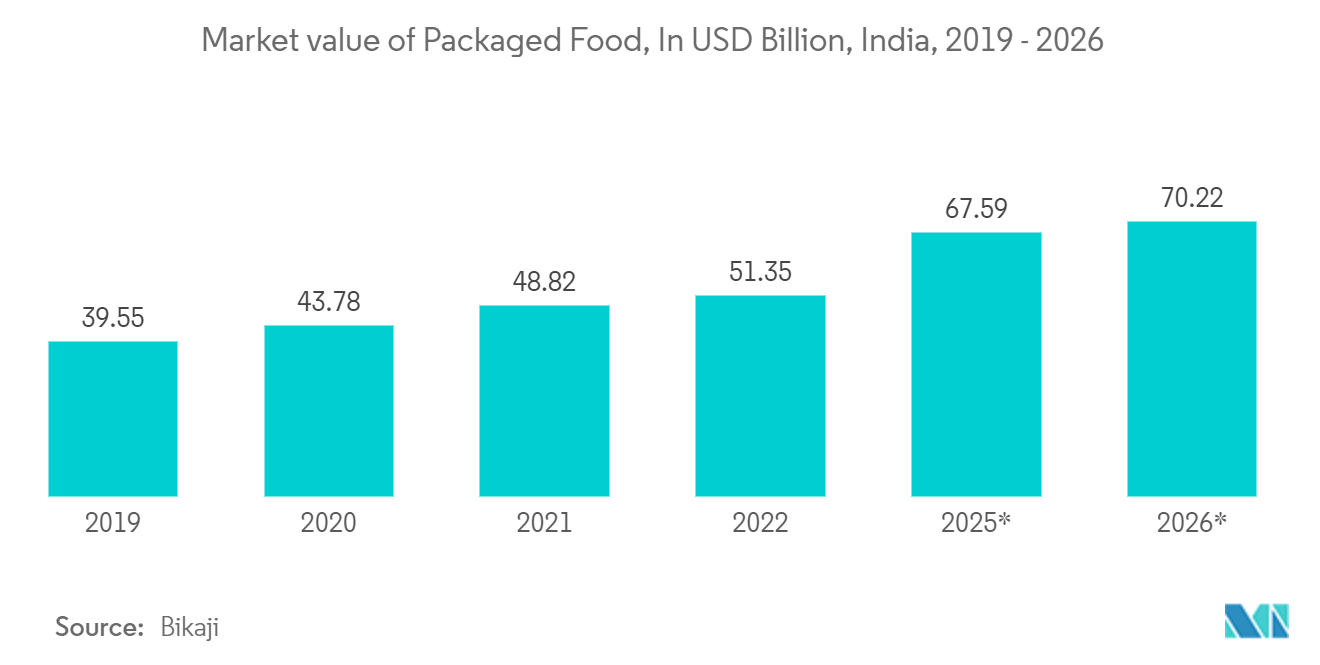Market Trends of India Print Label Industry
Pressure-sensitive Labels Occupies the Largest Market Share
- Consumers widely prefer pressure-sensitive labels. Companies can tailor their marketing strategies to target audiences most likely to appreciate these labels. This could involve focusing advertising efforts on industries or product categories where pressure-sensitive labels are particularly popular, such as food and beverage packaging or personal care products.
- With such a high demand for pressure-sensitive labels, this segment may have innovation and product development opportunities. Companies can invest in research and development to create new pressure-sensitive labels that offer unique features or benefits, catering to specific consumer needs or market niches.
- Pressure-sensitive labels are expected to be the most widely used label technology during the forecast period. These labels find extensive applications across various sectors, including food and beverage, medical, automotive, pharmaceutical, consumer durables, personal care, and construction industries. Their versatility and ease of use contribute to their widespread adoption in diverse market segments.
- The pharmaceutical sector is heavily regulated, and pressure-sensitive labels help meet these stringent regulatory requirements. As the market grows, pharmaceutical companies will require more labels to comply with evolving regulations related to drug safety, labeling standards, and anti-counterfeiting measures.
- According to the India Brand Equity Foundation, the annual turnover of India's domestic pharmaceutical industry reached over USD 42 billion in 2021. In 2018, the Indian pharmaceutical market was valued at USD 18 billion and is forecast to reach USD 30 billion.

Food to Show Significant Growth
- Food products, including chocolates and confectionaries, are subject to strict labeling regulations regarding ingredient lists, nutritional information, and allergy warnings. As sales increase, so does the need for compliant labeling, which can increase demand for printing services that meet regulatory requirements.
- With higher retail sales, the demand for packaging materials, including labels, is expected to correspond to a corresponding increase. Chocolate and confectionary products typically require attractive and informative packaging to appeal to consumers, often including printed labels.
- Governments and regulatory bodies in India have started implementing policies to promote sustainability and transparency in food production. These initiatives often include requirements or incentives for companies to disclose the environmental impact of their products through labeling.
- With a growing market for broiler chicken, there may be increased competition among chicken producers. Companies may invest in innovative packaging and labeling solutions to stand out on the shelves. This could involve designing, incorporating sustainability messaging, or even utilizing smart labels with QR codes for enhanced consumer engagement.
- Expanding India's packaged food market is expected to significantly boost the print labels market. Increased regulatory compliance requirements, enhanced branding efforts, innovative design needs, and expanded distribution channels will drive higher demand for print labels, creating opportunities for label manufacturers and suppliers in the region.
- According to Bikaji, the estimated market value of packaged food in India was over USD 51.35 billion in 2022, an increase from the previous year. This value is projected to reach USD 70.22 billion by 2026. As the packaged food market grows, the demand for labels on food products is expected to increase correspondingly. These labels provide essential information such as nutritional facts, ingredients, expiration dates, and branding details.


